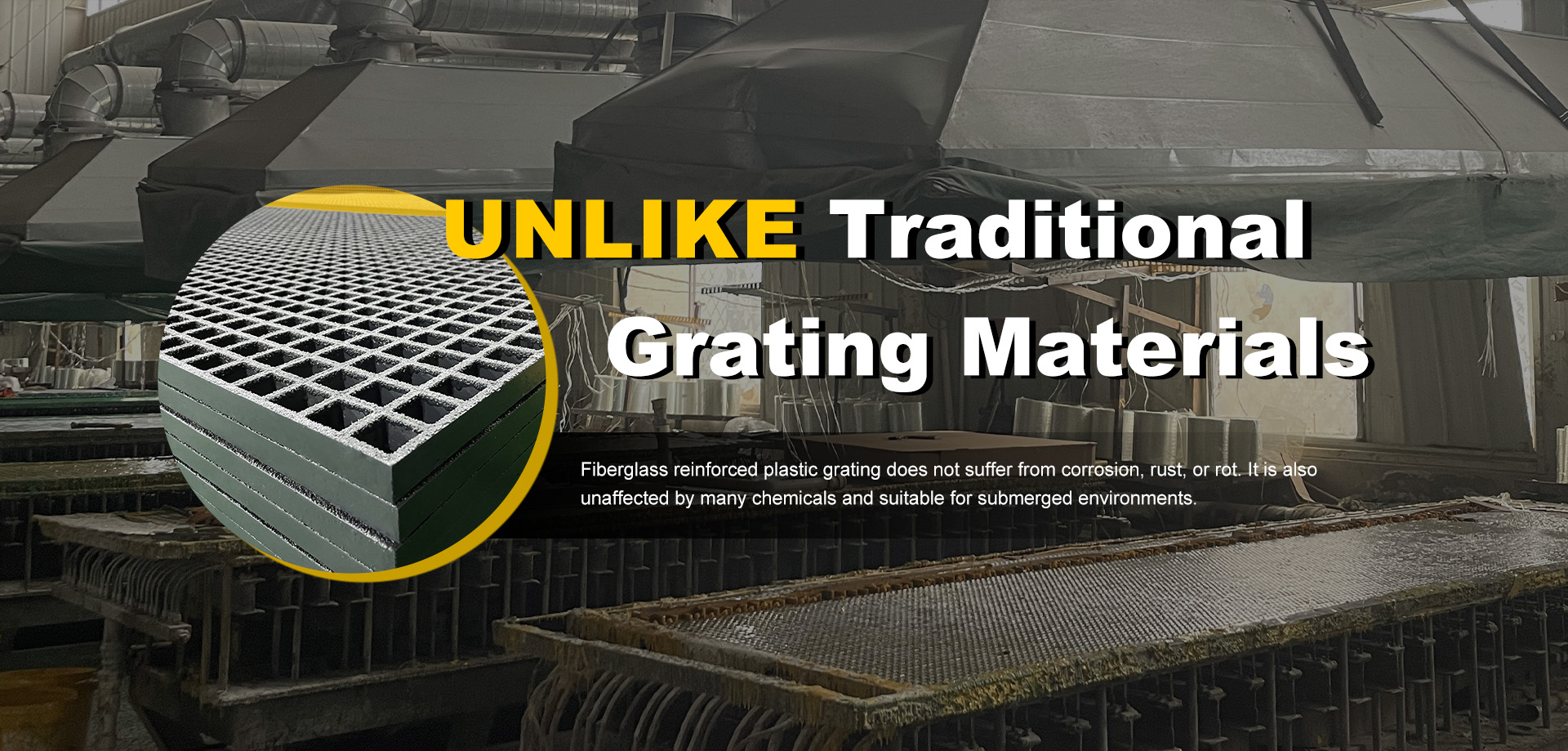loading...
- No. 9, Xingyuan South Street, Dongwaihuan Road, Zaoqiang County, Hengshui, Hebei, China
- admin@zjcomposites.com
- +86 15097380338
- Welcome to visit our website!
Durable and Lightweight Aluminum Bar Grating Solutions for Industrial and Commercial Applications
The Versatility and Applications of Aluminum Bar Grating
Aluminum bar grating is a cutting-edge solution widely used in various industries for its strength, durability, and lightweight properties. This type of grating is manufactured by welding or press-locking aluminum bars to create a strong, slip-resistant surface. Its design facilitates traffic flows and enhances safety, making it an ideal choice for various applications, from industrial to commercial use.
One of the primary benefits of aluminum bar grating is its exceptional strength-to-weight ratio. Aluminum, as a material, is known for being significantly lighter than steel while still providing substantial strength. This characteristic makes aluminum bar grating easier to handle and install, ultimately reducing labor costs and simplifying logistics. Because it is resistant to rust and corrosion, aluminum grating can outlast many other materials in harsh environments, including those exposed to chemicals and extreme weather conditions. This longevity translates into lower maintenance costs over time and a more sustainable choice for businesses looking to minimize their environmental footprint.
Aluminum bar grating is available in various styles and sizes, making it easily customizable to meet the specific requirements of any project. Whether used for platforms, walkways, ramps, or drainage covers, the versatility of aluminum grating makes it suitable for both permanent installations and temporary solutions. The product can be fabricated to different spacing and load-bearing capacities, allowing engineers and architects to design spaces that comply with safety standards while also blending seamlessly with their surroundings.
In commercial settings, aluminum bar grating is frequently utilized for flooring and walkways in heavily trafficked areas due to its slip-resistant surface
. This safety feature is paramount in environments such as food processing facilities, where spills are common, and traction is essential to prevent accidents. Moreover, the open design of aluminum bar grating allows for proper drainage, minimizing the risk of standing water and further enhancing workplace safety.aluminum bar grating

In industrial applications, aluminum bar grating excels in manufacturing plants, refineries, and chemical processing facilities, where durability and resistance to harsh chemicals are critical. The lightweight nature of aluminum also aids in compliance with weight restrictions, which can be particularly crucial in facilities that rely on overhead lifting systems or where weight-bearing capabilities are a concern.
Another notable application of aluminum bar grating is in the construction of offshore platforms and other marine environments. The corrosion resistance of aluminum makes it an ideal choice for these settings, where exposure to saltwater can rapidly deteriorate other materials. Similarly, in architectural design, aluminum grating is employed in modern building facades, providing both an aesthetic appeal and functional applications, such as ventilation or sun shading.
The ease of installation and customization are major advantages for contractors and builders alike. Aluminum bar grating can be cut, welded, or assembled to fit specific project dimensions, facilitating fast and efficient installation processes. This adaptability also allows for integration into existing structures with minimal disruption, supporting the efficiency of project timelines.
In conclusion, aluminum bar grating emerges as a vital material across diverse sectors, fueled by its strength, versatility, and corrosion resistance. Its myriad applications—from industrial environments to commercial settings—underscore its significance in modern infrastructure. As industries continue to evolve, the demand for durable, lightweight, and cost-effective solutions like aluminum bar grating will only increase, paving the way for enhanced safety and efficiency in various fields. By choosing aluminum bar grating, businesses invest in a product that promotes safety, sustainability, and longevity, making it an optimal choice for future projects.
-
The Rise of FRP Profiles: Strong, Lightweight, and Built to LastNewsJul.14,2025
-
SMC Panel Tanks: A Modern Water Storage Solution for All EnvironmentsNewsJul.14,2025
-
GRP Grating: A Modern Solution for Safe and Durable Access SystemsNewsJul.14,2025
-
Galvanized Steel Water Tanks: Durable, Reliable, and Ready for UseNewsJul.14,2025
-
FRP Mini Mesh Grating: The Safer, Smarter Flooring SolutionNewsJul.14,2025
-
Exploring FRP Vessels: Durable Solutions for Modern Fluid HandlingNewsJul.14,2025
-
GRP Structures: The Future of Lightweight, High-Performance EngineeringNewsJun.20,2025
